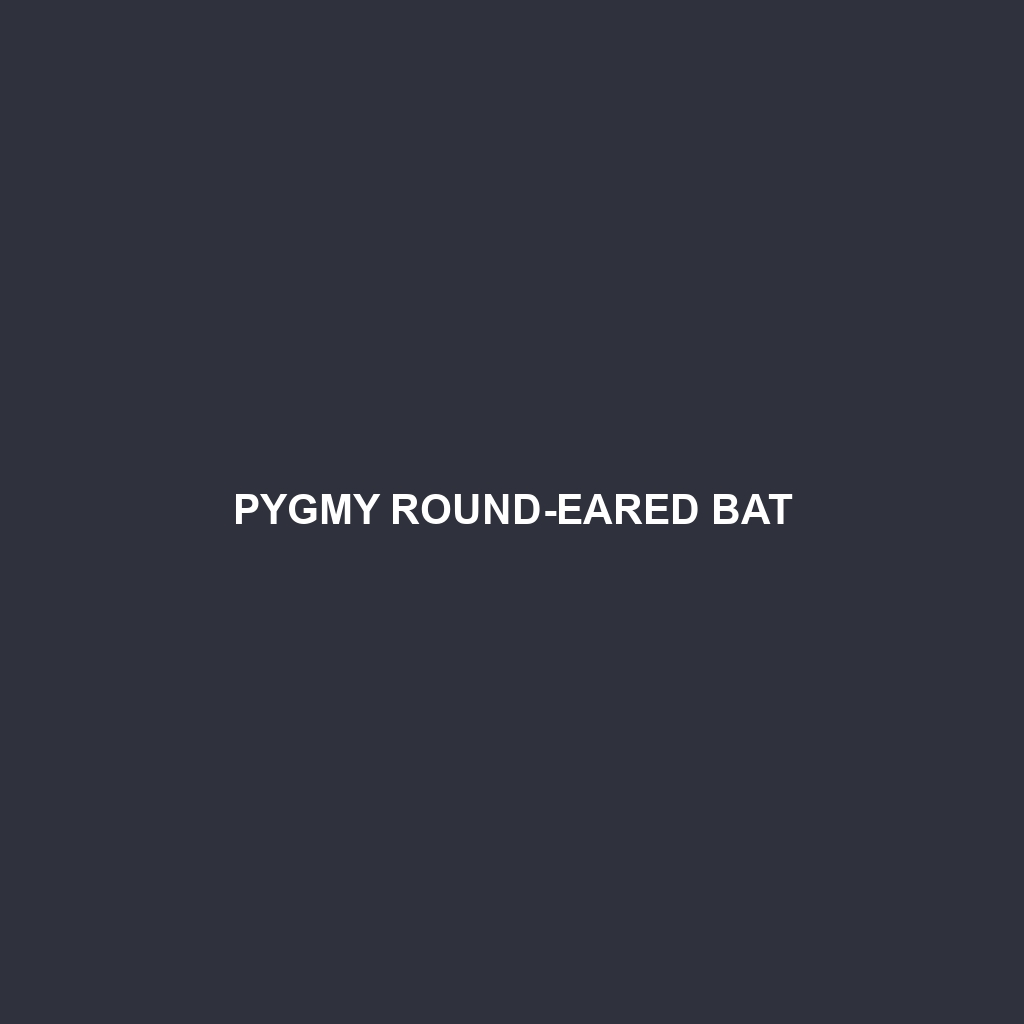Koepcke’s Hairy-nosed Bat
Common Name: Koepcke’s Hairy-nosed Bat
Scientific Name: Lophostoma koepckeae
Habitat
Koepcke’s Hairy-nosed Bat is primarily found in the lush, humid environments of the Peruvian Amazon rainforest. This bat species inhabits tropical lowland forests, especially near water bodies and river edges, which provide essential resources for their survival. The changing landscape poses challenges, making conservation efforts crucial in these biodiverse regions.
Physical Characteristics
This medium-sized bat typically measures about 10 to 12 cm in body length, with a wingspan that can reach up to 30 cm. It is characterized by its distinctive hairy nose, which plays a critical role in its sensory perception. The color palette ranges from dark brown to grayish hues, allowing the bat to blend seamlessly with its forest surroundings. Additionally, it has large ears and a rounded face, features that enhance its echolocation abilities when navigating through dense foliage.
Behavior
Koepcke’s Hairy-nosed Bat is primarily nocturnal, emerging at dusk to forage for food. It typically roosts in tree hollows or under leaves during the day. Social interactions are notable, as these bats often roost in small colonies, using vocalizations and body language to communicate. Their behavior is instrumental in maintaining healthy insect populations through their feeding habits.
Diet
This bat is a insectivorous species, feeding mainly on moths, beetles, and other flying insects. Koepcke’s Hairy-nosed Bat employs echolocation to locate prey in the dark, showcasing remarkable hunting skills. It plays a crucial role in pest control, helping to maintain ecological balance in their habitat.
Reproduction
Breeding season for Koepcke’s Hairy-nosed Bat typically occurs once a year, with females giving birth to one pup after a gestation period of approximately 90 days. Mothers are attentive, nurturing their young while also teaching them essential survival skills. The pups are often seen clinging to their mother’s belly as they begin to learn to fly around four weeks after birth.
Conservation Status
The Koepcke’s Hairy-nosed Bat is currently listed as endangered due to habitat loss and fragmentation, primarily linked to deforestation and agricultural expansion. Conservation efforts are imperative to protect this species and its critical rainforest habitat.
Interesting Facts
One fascinating aspect of Koepcke’s Hairy-nosed Bat is its unique adaptation to rainforest life, including its exceptional ability to navigate intricate forest structures using echolocation. Furthermore, its hairy nose, a distinctive feature, is not just for show; it is believed to enhance sensory perception of the environment.
Role in Ecosystem
As an insectivorous bat, Koepcke’s Hairy-nosed Bat plays a vital role in controlling insect populations, thus contributing to the overall health of its ecosystem. By preying on various insects, it helps maintain species diversity and benefits the agricultural landscapes surrounding its habitat.
